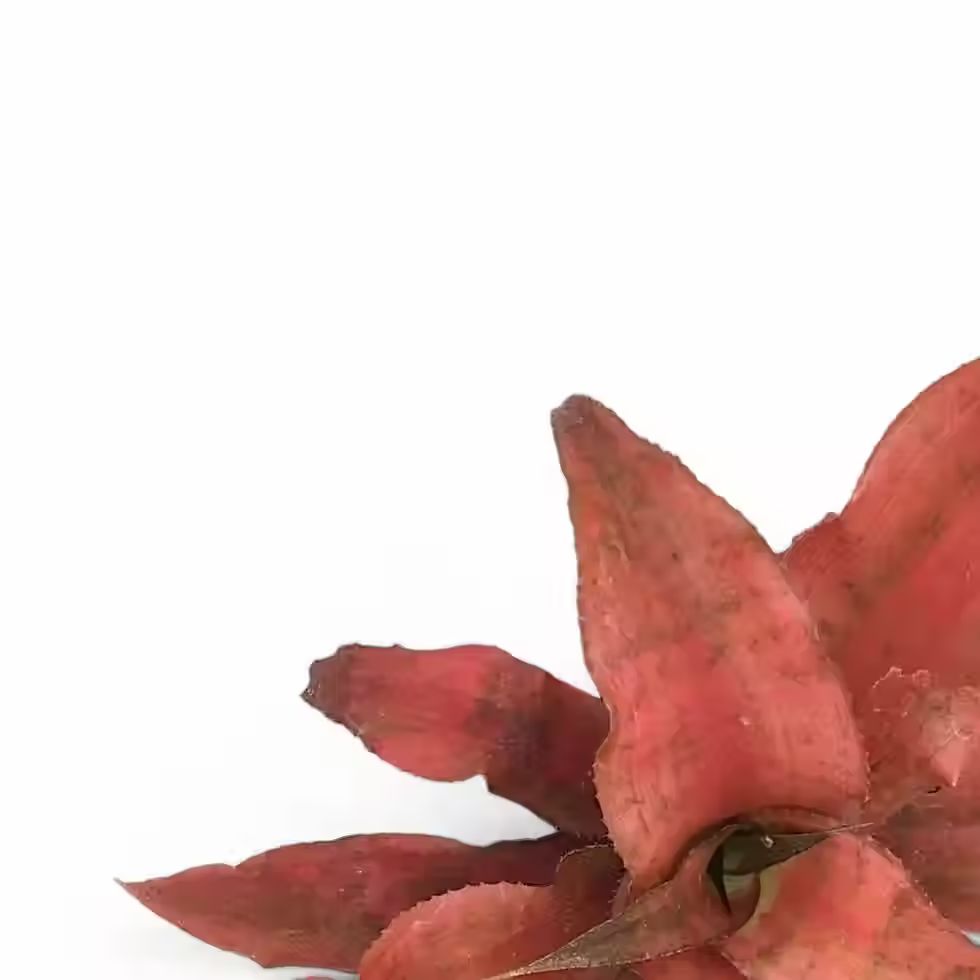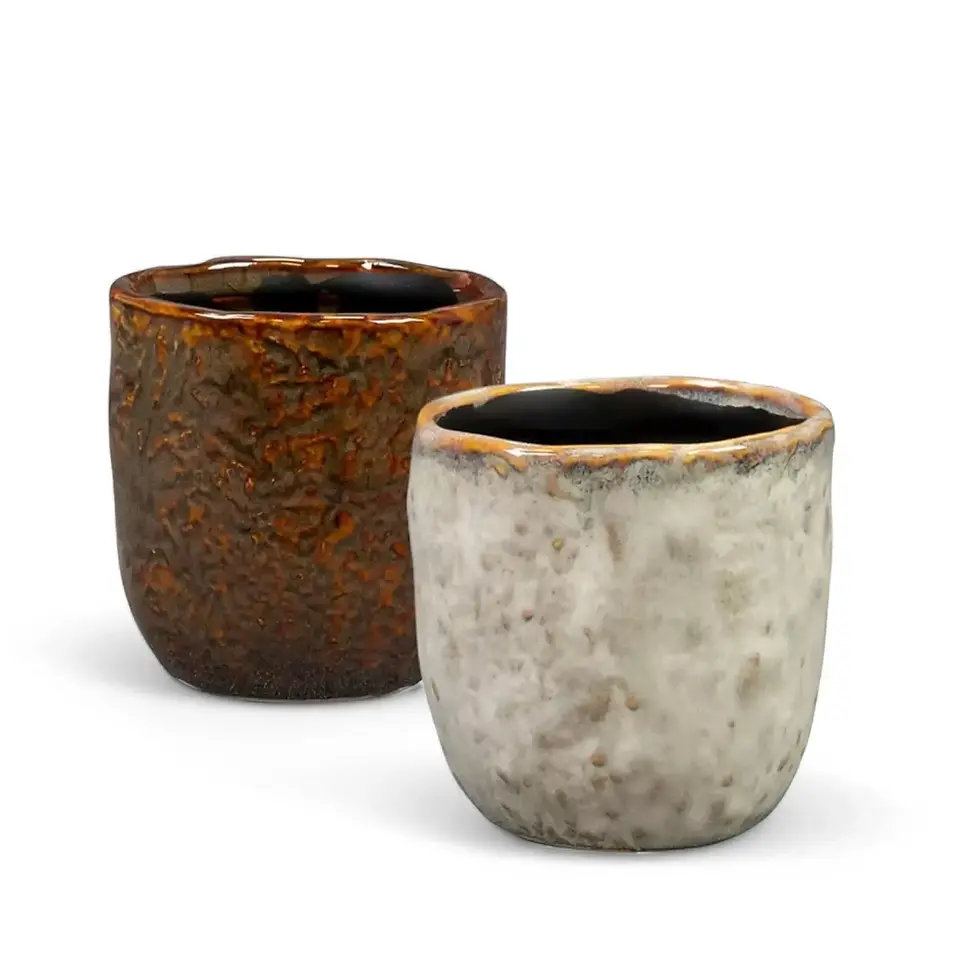Philodendron plowmanii - Care Details and Unique Traits
Introduction
Philodendron plowmanii, a rare and striking terrestrial aroid from the lush rainforests of Ecuador and Peru, is beloved for its quilted, heart-shaped leaves and creeping growth habit. With vibrant green foliage, ruffled petioles, and a spreading form, this plant is a stunning addition to any collection. Named in honor of ethnobotanist Timothy Charles Plowman, it combines botanical intrigue with natural elegance.
Key Features and Unique Attributes
- Textured Foliage: Large, heart-shaped leaves (up to 30 cm) with deep quilted texture and striking venation.
- Ruffled Petioles: D-shaped petioles with undulating patterns and subtle reddish hues.
- Inflorescence: Produces a spathe and spadix when mature, with colors ranging from pale green to deep burgundy.
- Natural Variation: Each plant has unique leaf sizes, textures, and color patterns.
- Long-Lasting Appeal: With proper care, this plant thrives for years, making it a rewarding investment.
Natural Habitat and Growth Insights
Philodendron plowmanii thrives on the rainforest floors of Ecuador and Peru, growing terrestrially in nutrient-rich soil under dappled sunlight. In its native environment, warm temperatures (18-27°C) and humidity levels above 60% encourage its lush growth.
- Growth Habit: Creeping and terrestrial, ideal for low-profile displays or wide pots.
- Growth Rate: Moderate to fast growth under ideal conditions.
- Toxicity: Contains calcium oxalate crystals and is toxic if ingested.
- Lifecycle: A perennial that thrives year-round with consistent care.
Philodendron plowmanii Care Guide
→ Light
- Prefers bright, indirect light.
- Avoid direct sunlight to prevent leaf scorch.
→ Watering
- Water when the top 2-3 cm of soil is dry.
- Ensure proper drainage to prevent root rot.
→ Humidity
- Requires high humidity (above 60%).
- Use a humidifier or place near other plants for improved conditions.
→ Temperature
- Optimal range: 18-27°C.
- Protect from cold drafts and sudden temperature changes.
→ Soil
- Use a well-draining mix with perlite, orchid bark, and organic matter.
→ Repotting and Pot Choice
- Repot every 1-2 years or when the plant outgrows its pot.
- Choose a wide pot with drainage holes to accommodate its creeping growth.
→ Fertilizing
- Feed monthly with a balanced liquid fertilizer.
→ Propagation
- Propagate using stem cuttings with at least one node.
- Root in water or moist soil.
→ Hydroponics and Semi-Hydroponics
- Adapts well to self-watering systems and inert growing media.
→ Pruning
- Remove yellowing or damaged leaves to maintain a healthy appearance.
→ Placement
- Keep in a stable, draft-free location with indirect light.
→ Support Requirements
- Generally does not require support but may need balance for large leaves.
Common Issues and Solutions
→ Pests
- Watch for spider mites, mealybugs, and aphids.
- Treat with neem oil or insecticidal soap.
→ Yellow Leaves
- Often caused by overwatering or nutrient deficiencies.
→ Browning Tips
- Due to low humidity or inconsistent watering.
→ Root Rot
- Prevent by using well-draining soil and avoiding overwatering.
→ Wilting
- Usually caused by underwatering or extreme temperature changes.
→ Leaf Spots or Fungal Issues
- Improve air circulation and avoid wetting the leaves.
→ Stunted Growth
- Indicates root-bound conditions or lack of nutrients.
Interesting Facts About Philodendron plowmanii
→ Etymology
- The name "Philodendron" is derived from Greek words meaning "love" (philo) and "tree" (dendron), reflecting its natural affinity for trees.
- The species name honors Timothy Charles Plowman, an ethnobotanist who studied Amazonian plants.
→ Unique Adaptation
- The quilted leaves help Philodendron plowmanii collect and retain water in its natural habitat.
→ Natural Growth Habit
- Philodendron plowmanii is primarily terrestrial, its creeping nature helps it access nutrients across the forest floor.
FAQs about Philodendron plowmanii
→ How often should I water Philodendron plowmanii?
- Water when the top 2-3 cm of soil is dry.
→ Does Philodendron plowmanii need support?
- No, Philodendron plowmanii naturally creeps along horizontal surfaces, but larger leaves may need balance.
→ Can Philodendron plowmanii grow in low light?
- It can adapt to lower light, but growth will slow, and leaves may be smaller and less vibrant.
Order Philodendron plowmanii Today
Bring the natural elegance of Philodendron plowmanii into your home and enjoy its unique beauty year-round. Order today to add this remarkable plant to your collection!
Philodendron plowmanii
Philodendron plowmanii comes in following sizes:
S – is approximately 20 cm tall and comes in a ⌀ 9 cm pot
M – is approximately 30 cm tall and comes in a ⌀ 12 cm pot
L – is approximately 50 cm tall and comes in a ⌀ 15 cm pot

























































